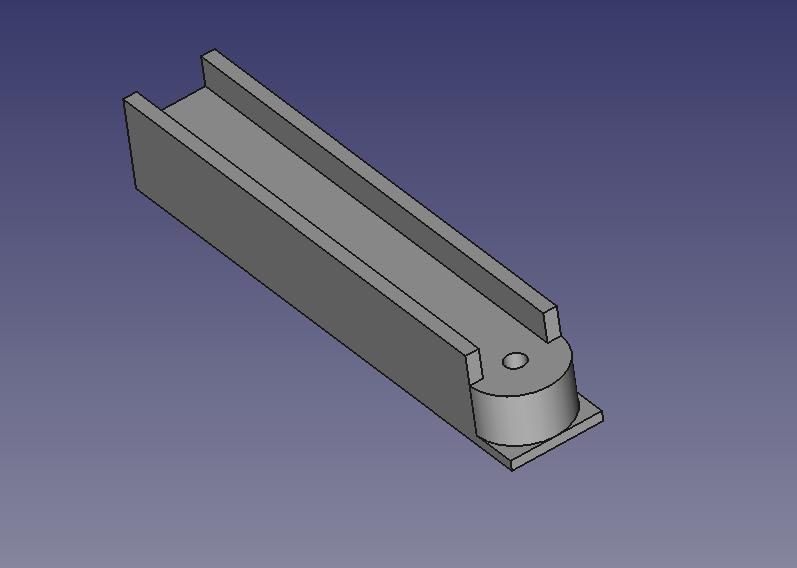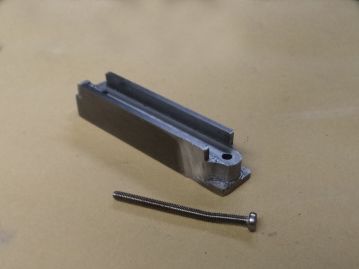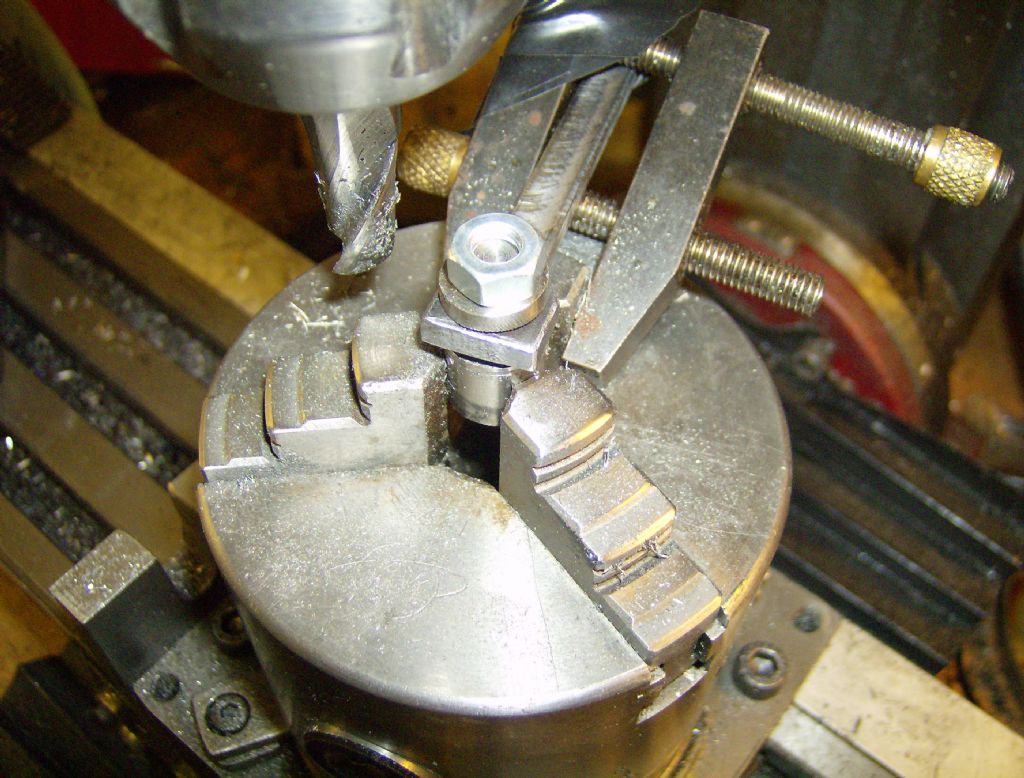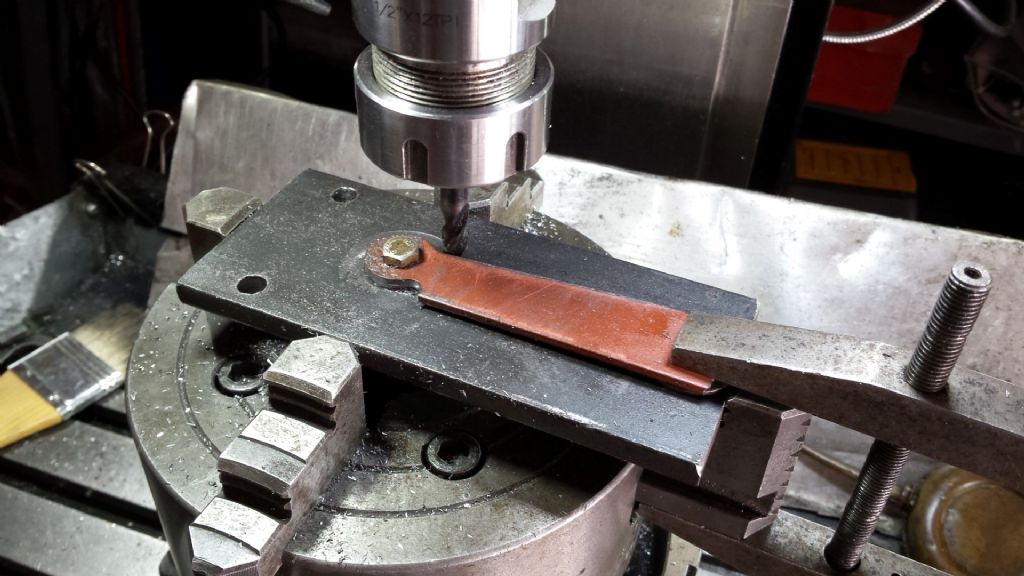Posted by Hopper on 29/11/2016 02:24:02:
As you probably don't have a rotary table (or you would have used it) and as the first half of your job worked just fine until you had to climb mill for some reason, I would repeat the process but do as Jason suggested and start at one end of the radius and rotate steadily around to the other, conventional milling against the cutter rotation the whole way.
You might try using a high tensile pivot bolt for more strength and clamp a longer piece of bar on to the job to make a handle giving both more leverage and finer control over movement.
This method is fairly commonly used to round ends without problems so you should be able to do it as long as you set up to avoid climb milling. Rotary tables are a relatively new arrival in home machine shops (and many commercial shops) and ends were rounded for many years before that.
Edited By Hopper on 29/11/2016 02:26:19
Edited By Hopper on 29/11/2016 02:26:45
"As you probably don't have a rotary table (or you would have used it) " – but I do have a rotary table! Oh, the shame, the humiliation…
I'm going to try the rotary table and 'no climb milling' methods after lunch. With care and as advised the pivot method should work and it's quick to set up. Thinking about it last night I realised that a 4mm bolt in a 4 mm hole has a lot of slack: if a dig-in starts it's likely to grab, much like loose gibs make parting off iffy. There was more to doing the job than I thought, hence the boob.
What I like about the Rotary Table approach is that, once set up, it should be much more rigid and idiot proof. I want to prove to myself that pivottng works if climb milling is avoided, but thereafter I shall use the Rotary Table. The amount of force generated by a dig-in is surprising and it could be hurtful. As I'm a little prone to carelessness I shall feel more confident with the work well clamped down.
Thanks again,
Dave
SillyOldDuffer.











